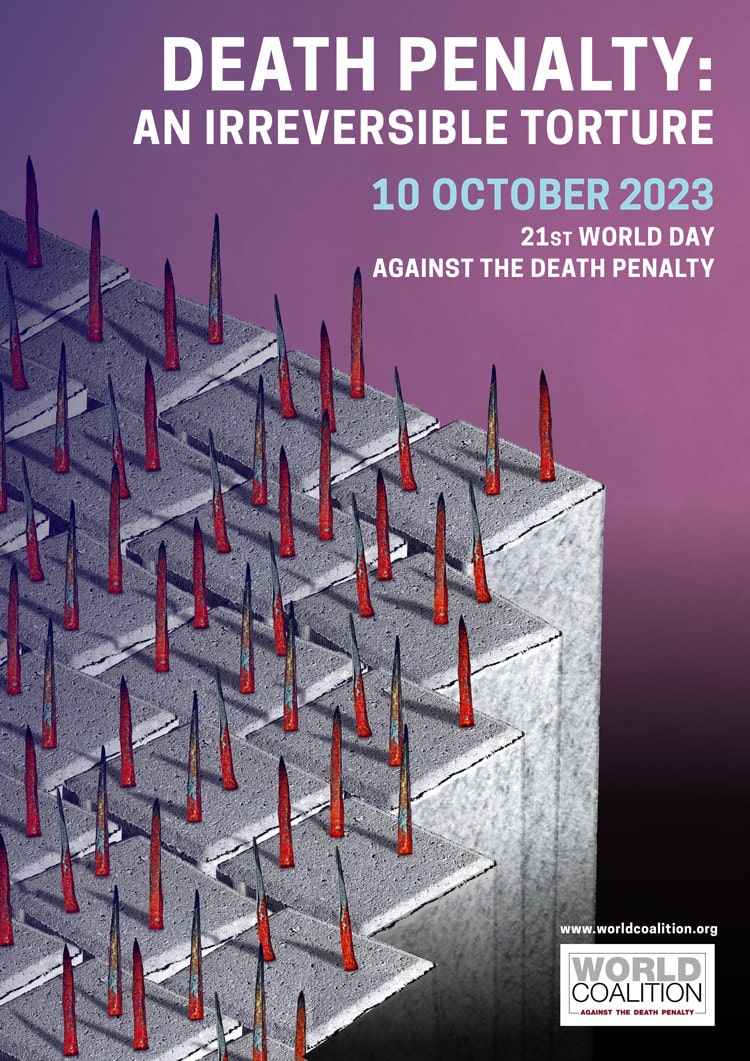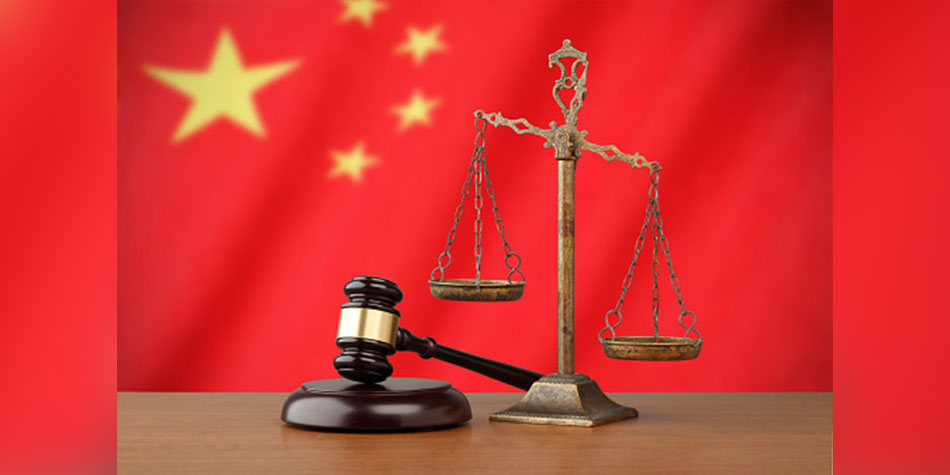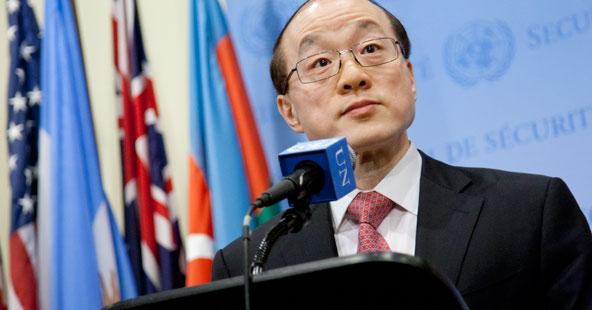The history of Chinese law is an argument for abolition
Abolition
In the run-up to the Beijing Olympic Games in 2008, action is increasing to call China to account for its copious use of the death penalty. Far from being a western whim, abolition of capital punishment in China would be a return to an imperial decision made in the 18th century.
Was China the first country in history to abolish the death penalty? This was one of the revelations made at a recent conference on the place of this punishment in Chinese culture and history, organised in June at the Collège de France in Paris.
Jérôme Bourgon, a researcher at the Centre national de la recherche scientifique français [French National Scientific Research Centre], presented the results of his research on the death penalty in the imperial penal codes. By referring to Chinese legal sources, the researcher has observed that the death penalty was originally only used for proven killers. “As soon as a homicide occurred, the State was beholden to the victim to find the guilty person and punish him/her”, he explains. Death sentences were therefore at the top of a pyramid of punishments ranging from beating to beheading. ‘Death sentences’ plural because a distinction was made between methods of execution which did not damage the body as a whole, such as strangulation, and those which involved mutilation and were judged much more harshly for religious reasons.
The sight of his wounded body removed all hope for a sentenced prisoner that one day he would become an ancestor venerated by later generations. Strangulation, although more painful, was therefore seen to be less serious, and the duration of the punishment could be reduced by bribing by the executioner.
“Pain was not valued in the Chinese penal system”, explains Zhang Ning, a researcher at the University of Geneva. However, the religious dimension of the death penalty made the prospect of legal mistakes even more terrifying: the ghosts of those executed erroneously could return to haunt the visible world…
A decree on abolition under the TangsJérôme Bourgon considers that, throughout the empire, the authorities strove to limit the use of capital punishment and in 747 they took the next step. “Under the Tangs, a decree on abolition of death sentences is found, due to the fact that this was a time of peace”, explains the researcher. However, the exact duration or real impact of the abolitionist period in Chinese is unknown due to a lack of documentation.
Although the Mings added corruption to the list of crimes punishable by death at a much later stage, a system of attenuating circumstances ensured that most death-sentenced prisoners without blood on their hands escaped execution.
Documents from the end of the empire show far fewer executions that today. Jérôme Bourgon has detected 2,553 killings in 1753 and 1,139 in 1894. These figures are probably an under-estimate as they only refer to the cases effectively presented before the autumn assizes, which met once a year, but they still lag far behind the current estimates of approximately 8,000 executions a year.
In just over a century then, the estimated number of executions has become more than seven times greater while the population itself has ‘only’ quadrupled.
Relative foundations, universal abolitionOne thing is clear – representations of life and death and their consequences on the way in which capital punishment is understood are fundamentally different in China and the West. Does that mean that abolition in China should be abandoned in the name of respect for local culture?
For Mireille Delmas-Marty, a researcher in law at the Collège de France, “the emphasis should be shifted from the universal/relative binary consideration”. It is clear from earlier examples that, even if the motivations are different, there is reticence in China as elsewhere as to the suffering of prisoners sentenced to death, the possibility of legal mistakes and unease about a State killing those it represents.
For this lawyer, the relativism of foundations does not exclude the universalism of abolition. She considers that a community of international values can emerge in pluralism, either by developing a dialogue between judges, or by putting in place a sort of international human rights court so as to “create similarity in otherness – i.e. translation”.
Mireille Delmas-Marty sees this as a way of profoundly coming together, as recommended by the philosopher Paul Ricoeur: “If I go deeper into my tradition, I move closer to another if he does the same”.
With Audrey Provost, Ligue des droits de l’Homme
Pictures: Coll. J. Bourgon/Turandot






